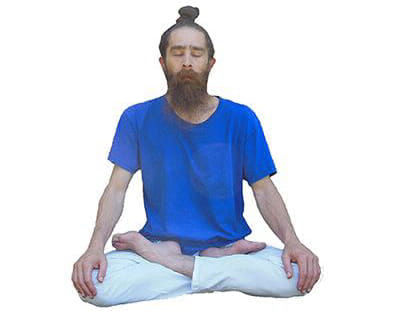Practice - Variation 1

Kapalabhati
In Sanskrit, Kapal means "skull" and Bhati means "shining." This practice is a Vishama Vritti Pranayama practice, meaning unequal ratio breathing where the exhale is lengthened. This practice includes Bahir Kumbhaka, meaning external breath retention, in the second variation.
This practice is a powerful cleaning process where the air is forcefully expelled from the lungs, removing any stagnant carbon dioxide accumulated in the lower parts of the lungs. While practicing the exhalation is forceful while the inhalation is normal. This process is repeated few rounds and is said to be a cure for many diseases.
Practice - Variation 1

Practice - Varation 2
The six cleansing actions are intended to be the start of a Yoga practice in order to clean, strengthen, remove toxins and improve the flow of Prana through out the practitioner.
Yoga poses help to elongate and strengthen the muscles of the body as well as to calm the mind for the deeper spiritual practices of Yoga.
Breathing exercises are a great practice to remove carbon dioxide, increase lung capacity as well as being a good preparatory practice for the deepest spiritual practice of Yoga, Meditation.
The four body locks that makes up this practice give the practitioner the ability to hold or lock Prana in certain locations of the body. These practices also allow the practitioner to release blockages that may be holding the practitioner back.
The gestures in this practice include the whole body and are intended to awaken Prana, Chakras as well as Kundalini energy within the practitioner.
Meditation is the highest spiritual practice of Yoga which is why this practice is the most difficult practice to preform, but with correct knowledge and dedication, can be the most profound practice of Yoga.